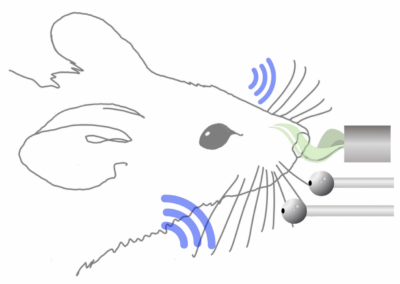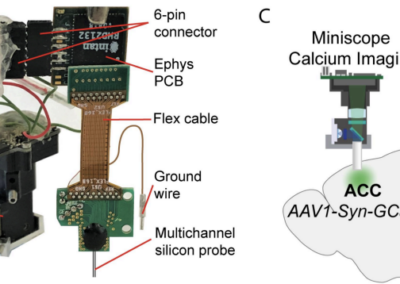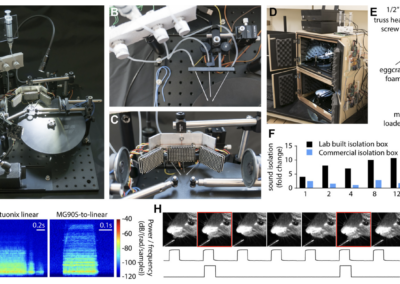Ian Dublon, former postdoctoral researcher at the The program itself is relatively simple and originated out of the real need to rapidly appraise 2d calcium imaging datasets and the frustrations with existing acquisition software relying exclusively on defined regions of interest (ROIs). There is of course nothing wrong with ROIs but it is useful to rapidly appraise the the whole matrix. It really depends on the biologicalquestion being asked. At its most simple, when you open a stacked Tiff, scintillate uses MATLAB’s imabsdiff to look at the absolute difference across the image matrix for successive frames in the stack. Several other more powerful tools, including background pre-stimulus subtraction and ICA (using the excellent FastICA) are provided to help the user ascertain the value of the studied preparation. This helps to confirm and pinpoint areas of signal change, allowing the imager to make adjustments to image acquisition parameters or simply to start afresh. Written as a GUI in MATLAB and with source and GUIDE files provided alongside a getting started manual, it is designed both for image acquisition people and for MATLAB coders. If the compiler toolbox is present its possible to package a version of scintillate that will run without a MATLAB install present, making it ideal for running on the image acquisition workstation. Simply provide it with an acquired stacked tiff and within three or so clicks and no command line syntax you are ready to go. The code is available on GitHub and scintillate uses some freely available 3rd party code which is gladly acknowledged throughout. Scintillate is not designed to replace traditional analysis methods but rather to provide a means of open-source rapid evaluation during the pre-processing stage. It is hoped that by hosting it on GitHub it may be developed further and thus adjusted to suit each persons individual imaging needs. This research tool was created by your colleagues. Please acknowledge the Principal Investigator, cite the article in which the tool was described, and include an RRID in the Materials and Methods of your future publications. Project portal RRID:SCR_021479; Software RRID:SCR_021531 Check out projects similar to this!Scintillate


Paper

Github
Have questions? Send us an email!
Code is hosted at GitHub.




